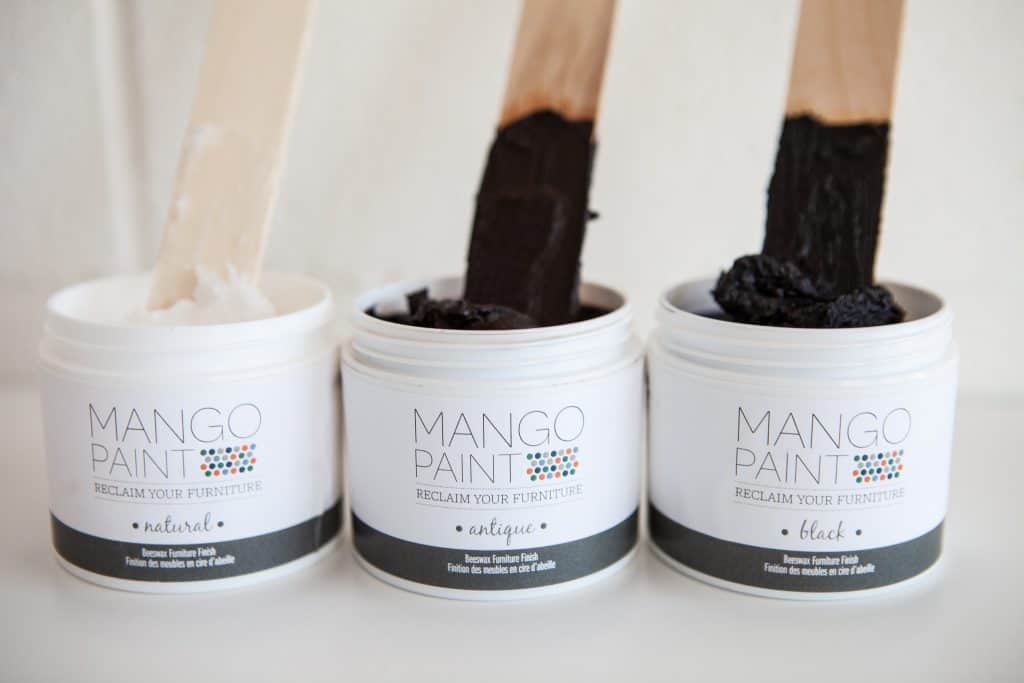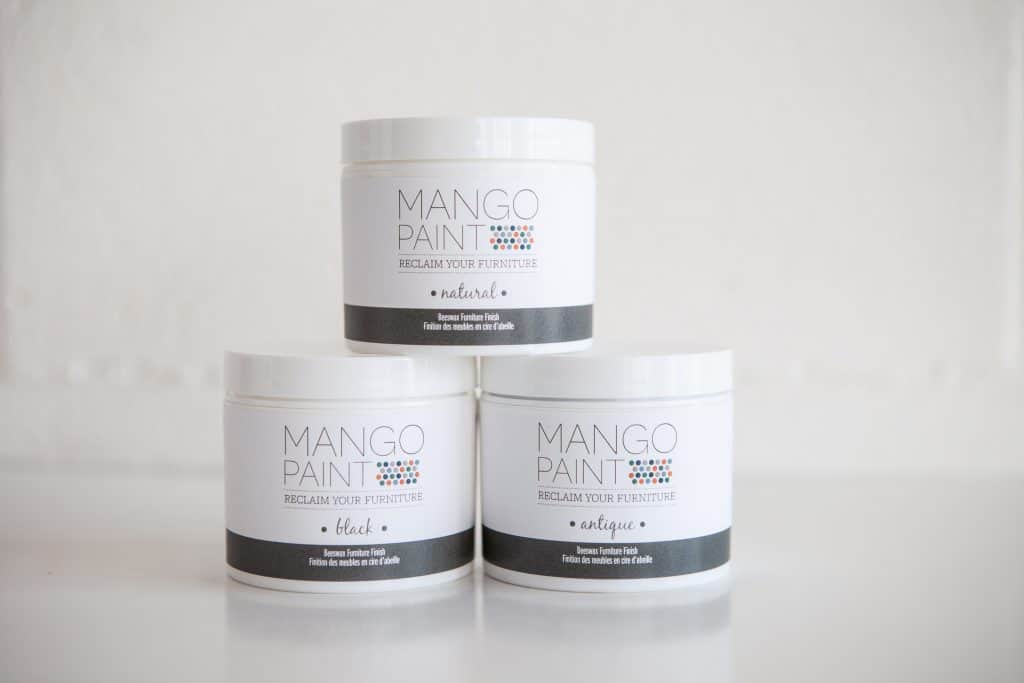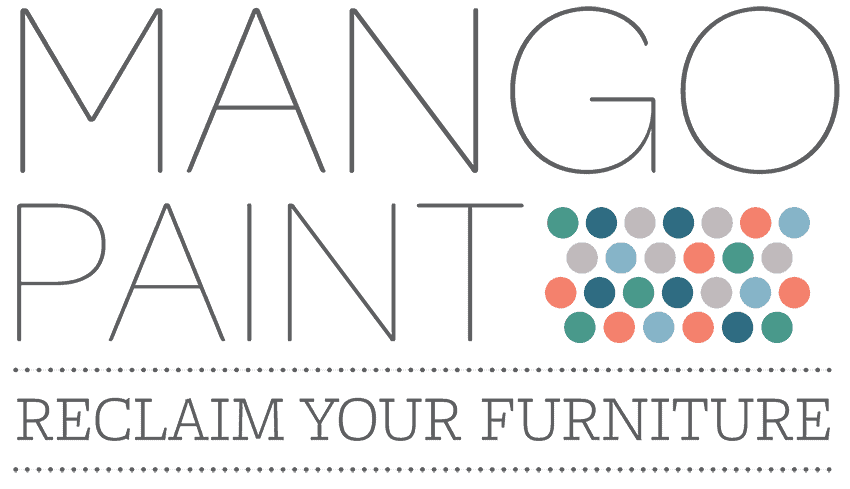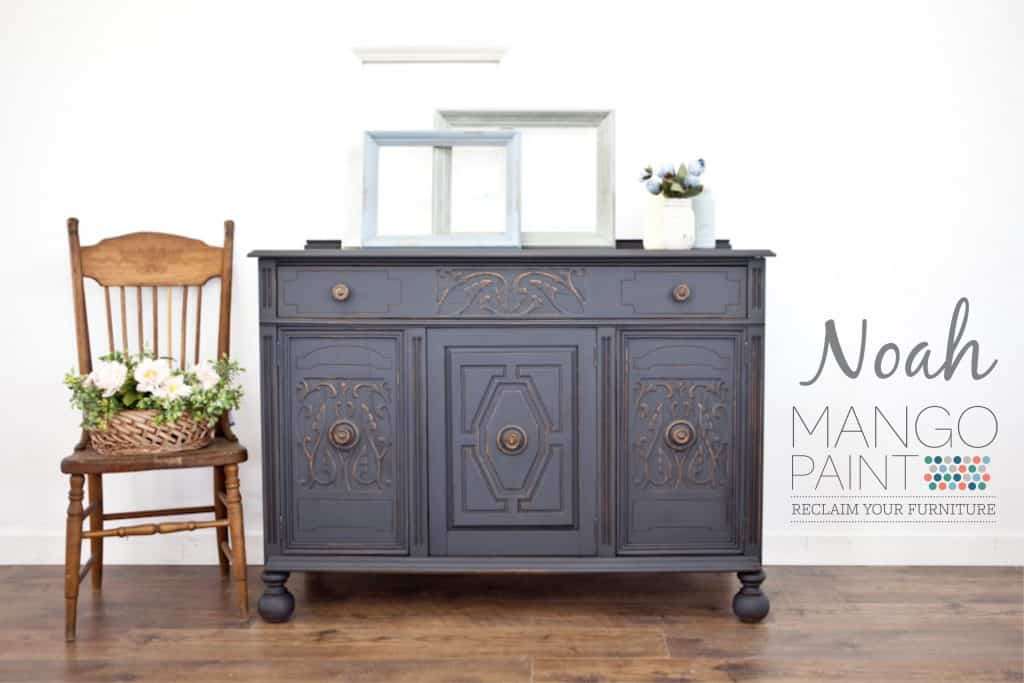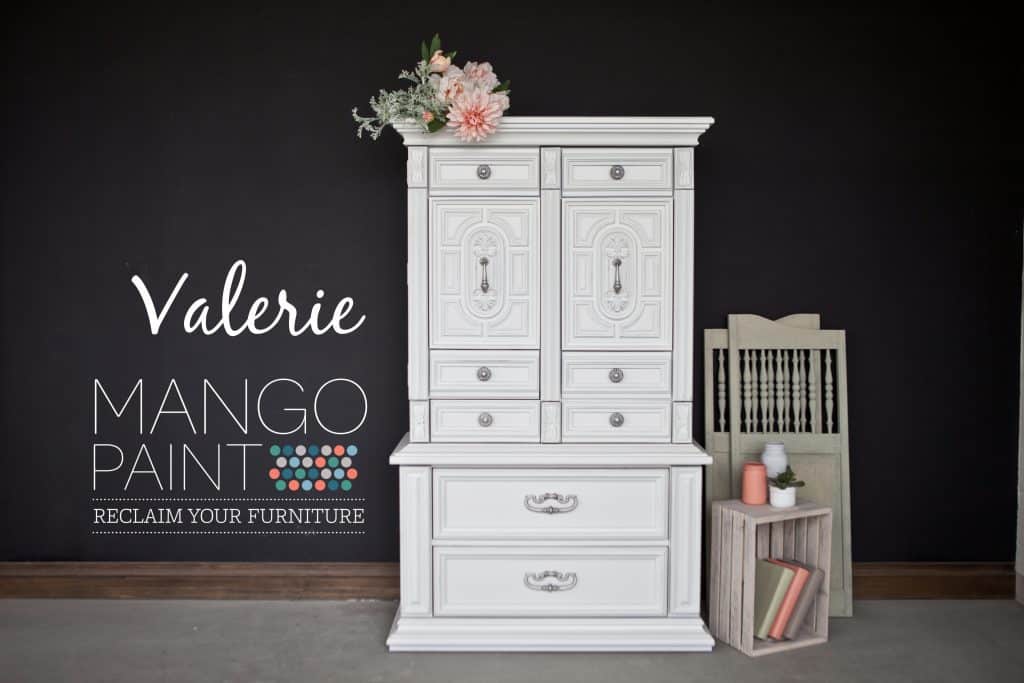Find a piece to reclaim
This is the easy part! You probably already have something in mind – maybe it’s something you’ve had for years – or maybe it’s ‘new to you’.
Whatever it is, use your creative side to envision what it could be! Have fun thinking of the potential for the piece!
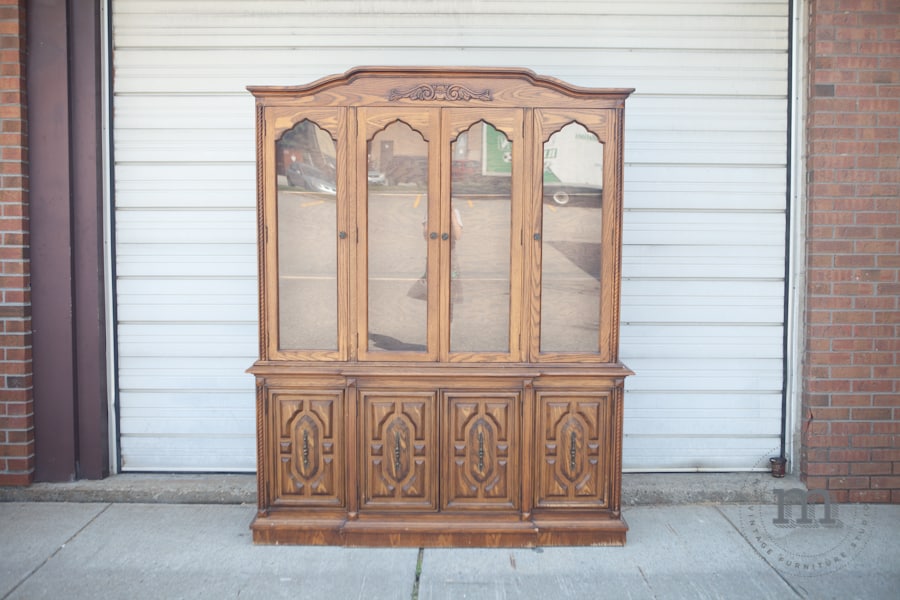

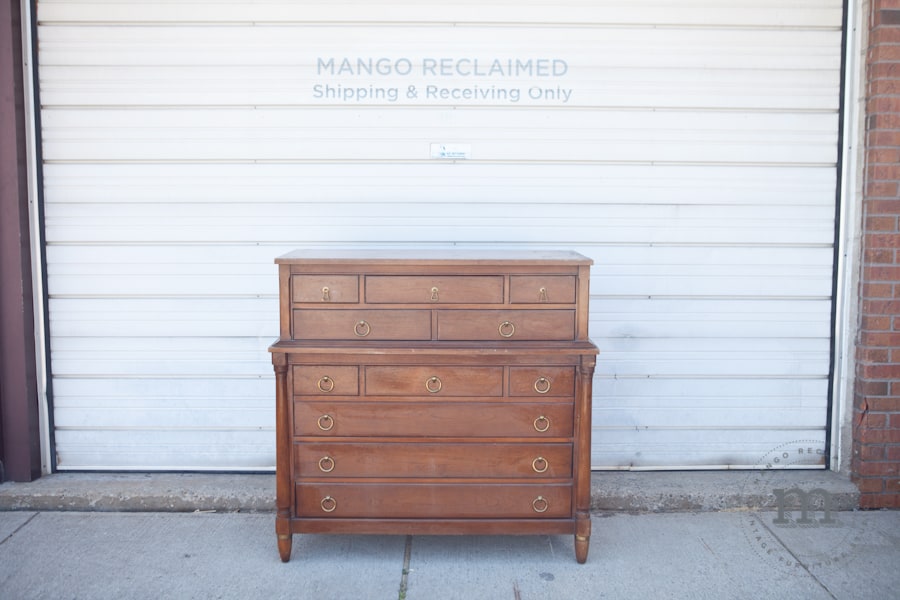
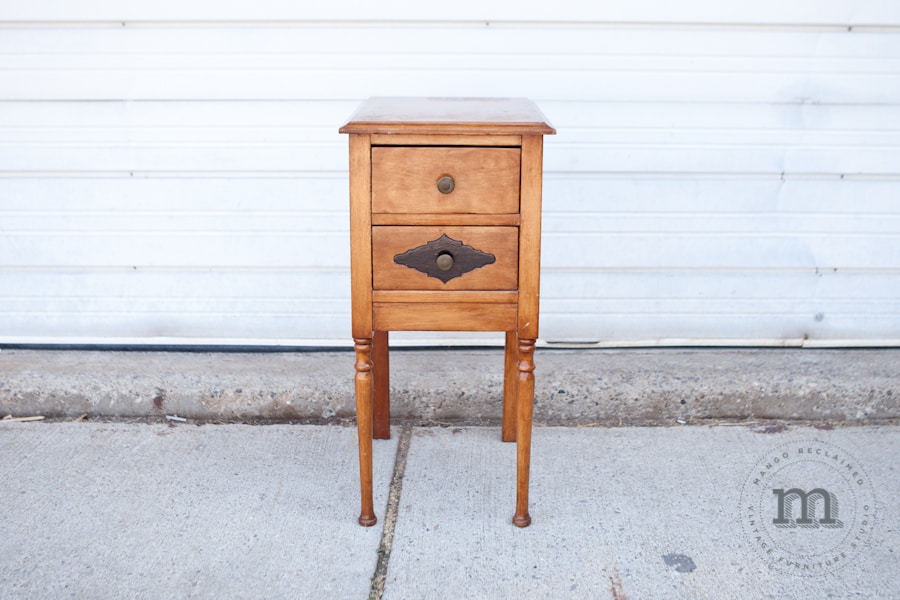
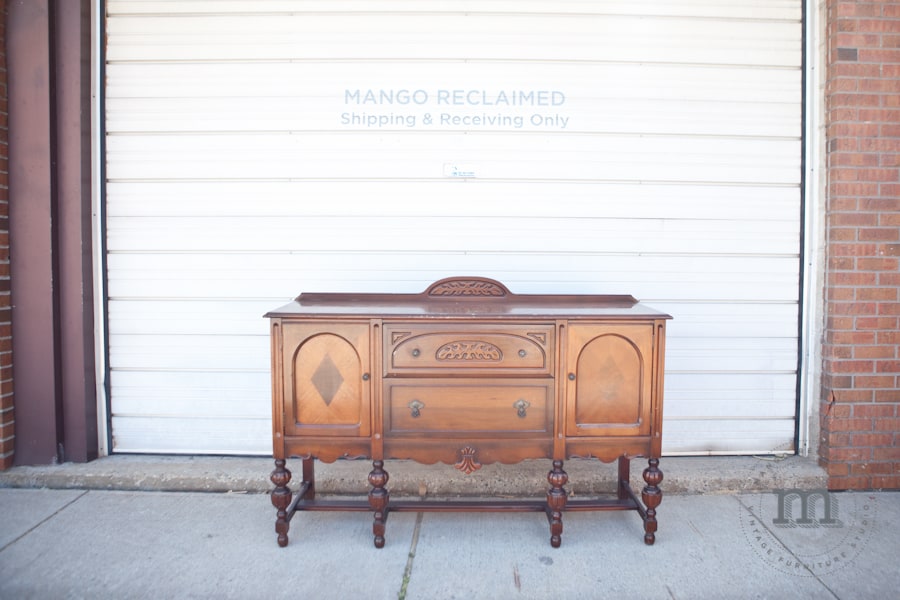
Tools and prep
Ensure your piece is clean and and give it a quick sanding with a medium sanding sponge or 180 grit sand paper. This gives the paint something to really grip onto. Remember this is just a quick once over – scuff, scuff, that’s enough!
Ensure to remove any dust from sanding prior to painting.
High quality brushes will yield best results. For table-tops and large flat surfaces a micro fibre roller is perfect!
Apply 1st coat of paint
Ensure to give your paint a good stir prior to painting. You’ll notice this paint has a thick creamy consistency. Don’t be afraid to lay on a good coat, not so thick that it sags or drips, but thicker than you would normally paint with.
Once you’ve got your first coat done – allow to dry.
Additional coat(s) of paint
One coat may be all you need, but if it looks like it needs more, go ahead and apply additional coats. Consider using a different colour than the first coat for a beautiful multi-layered approach.
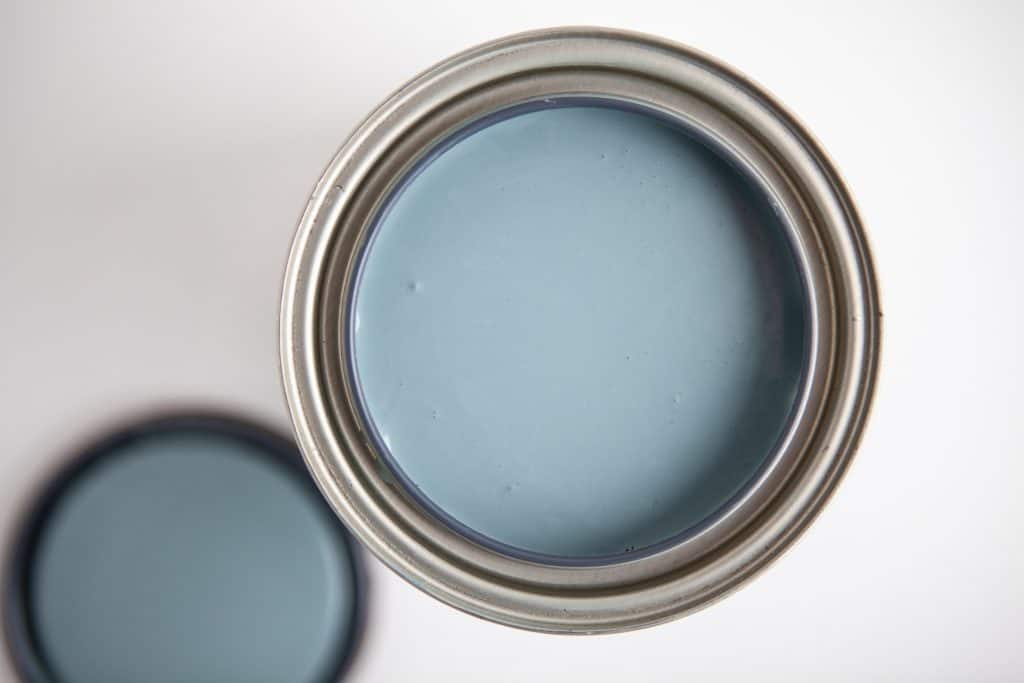
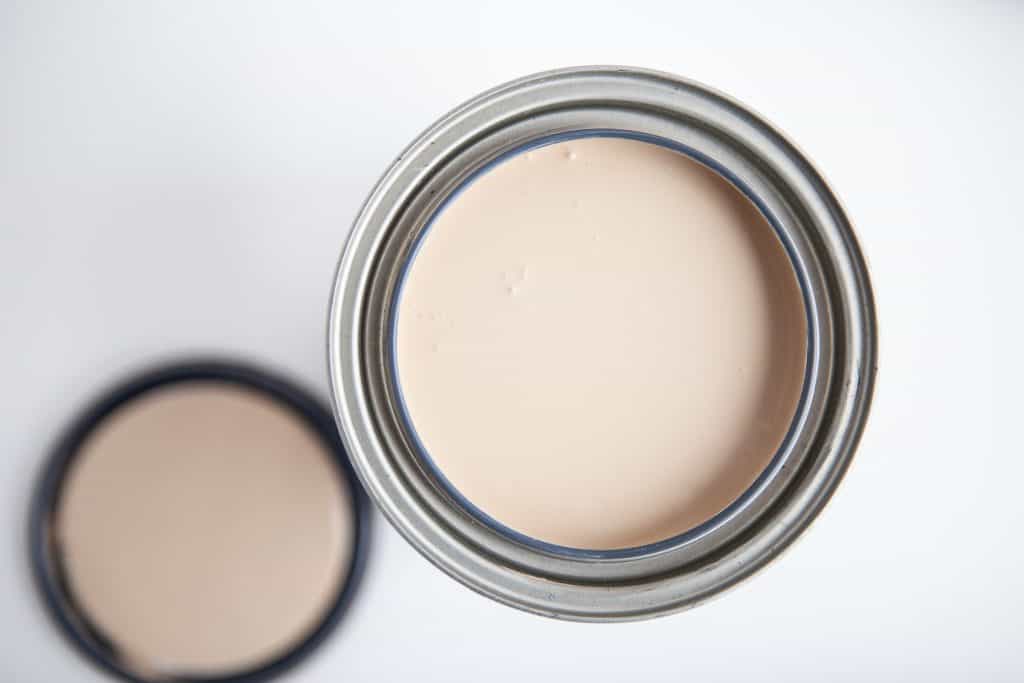
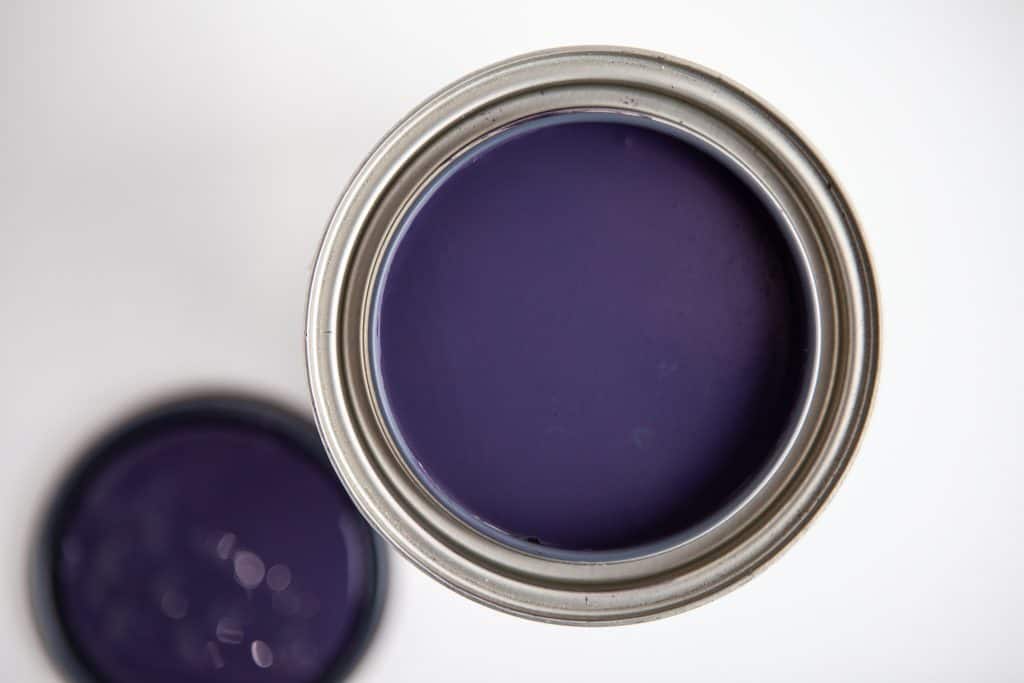
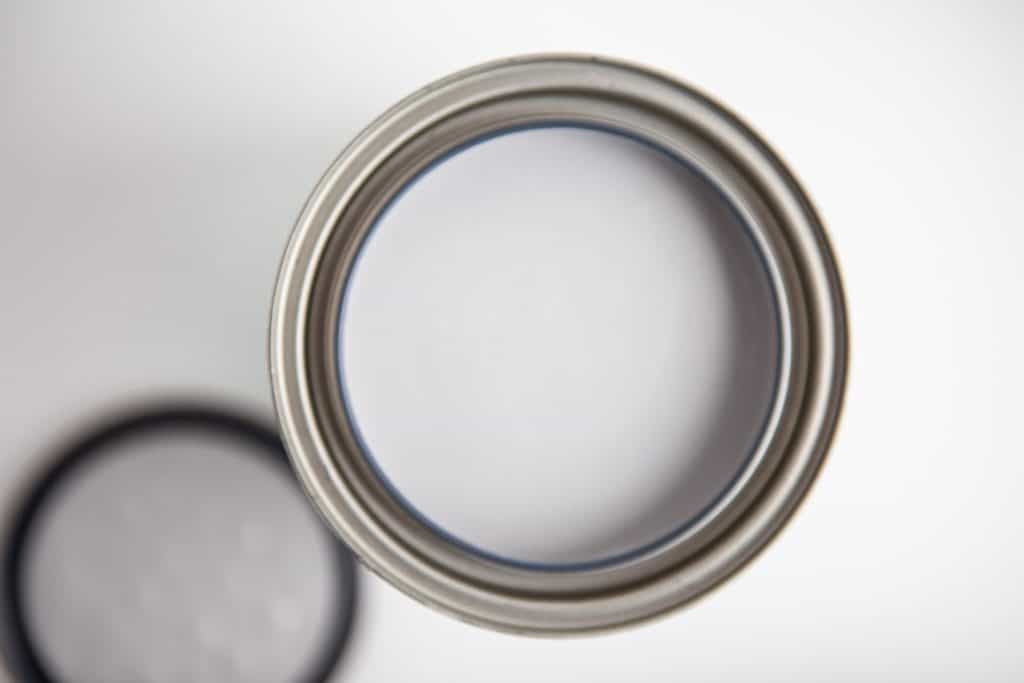
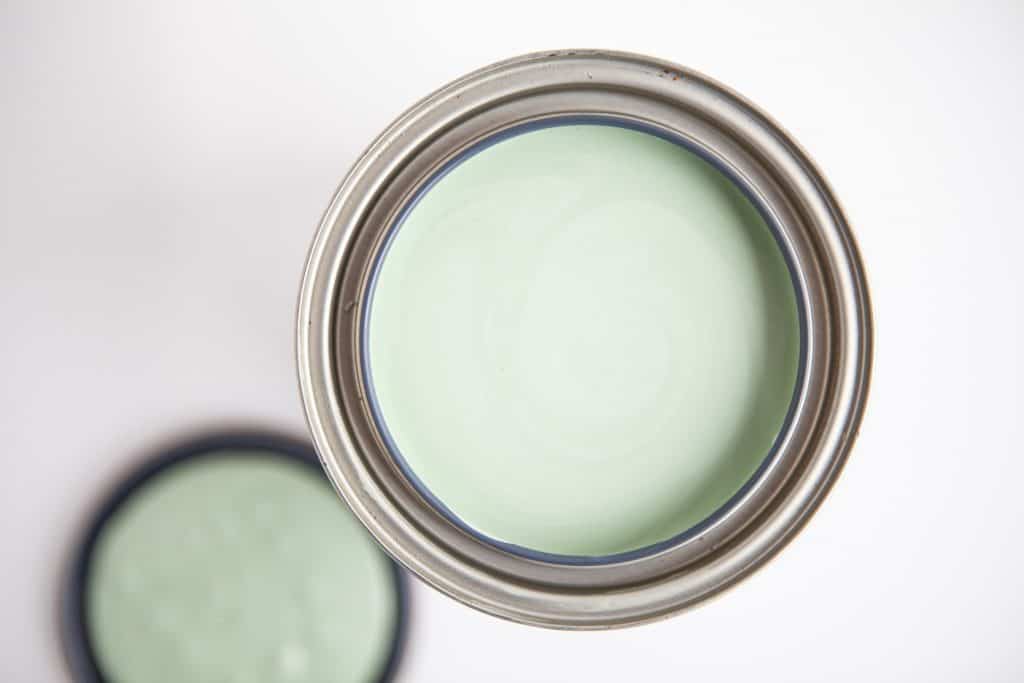

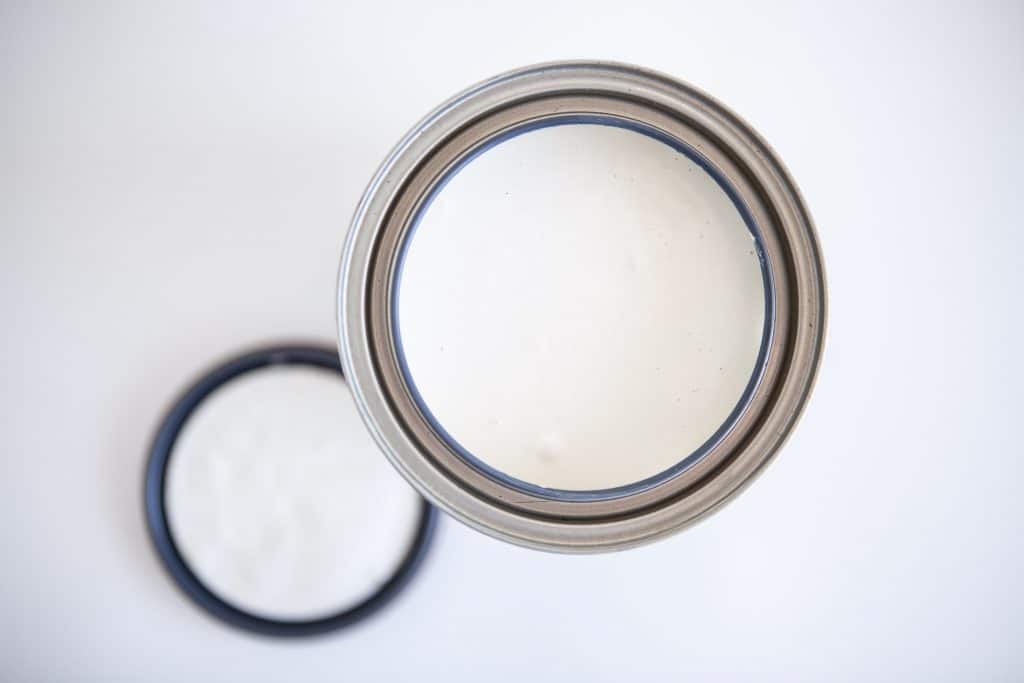
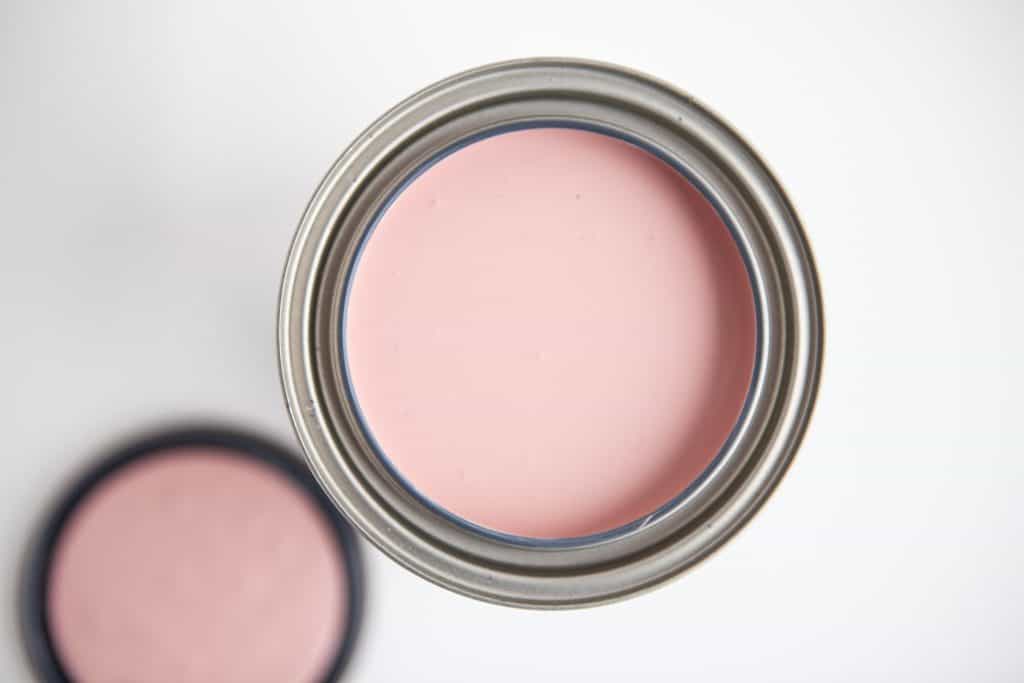
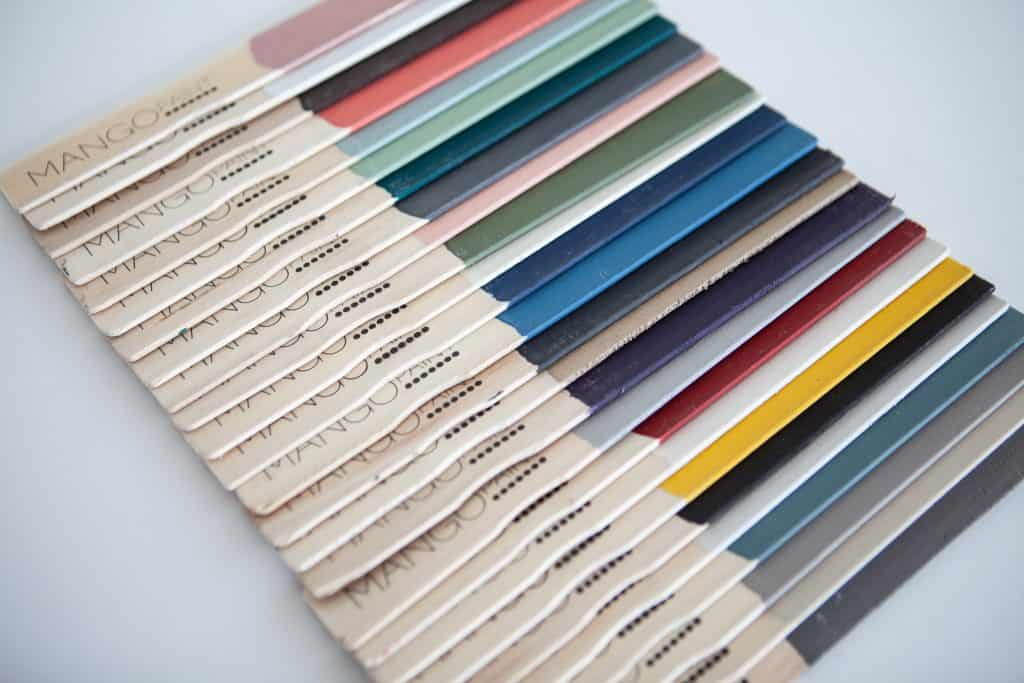
Distress
You don’t have to distress your piece, but a light sanding is always recommended prior to applying your protective finish. You can wet distress or dry distress . . .
Dry distressing is done using sandpaper or a sanding sponge to create a weathered look once the paint has dried on your piece. A fine sanding block (220 or higher grit) is perfect to smooth out the entire piece and/or add a more subtle distressed look. A medium sanding block (180 grit) is great to quickly distress edges.
Wet distressing can be done using either a wet rag and/or wet sandpaper. Use a wet rag to rub lightly over the areas you want to distress. You can also use wet sandpaper to achieve this look more quickly.
A good combination of these distressing techniques over edges, details and areas where your piece would naturally distress creates a beautiful look. If you distress too much – no problem! Add another quick layer of paint and start again!
When you are happy with your distressing, wipe the whole piece down with a dry cloth to remove any loose dust and allow to dry.
Apply finish
Our gorgeous handmade Mango Paint Beeswax Finish is non-toxic and smells delicious! Using a wax brush or lint free cloth, dip into the product and wipe it onto the furniture in a small area. Wipe off the excess with a soft lint free cloth. Move onto the next area of furniture and repeat.
To add depth or create an antiqued look, repeat the above process with the addition of our Antique or Black Beeswax options. Be sure to use a wax brush to help get the wax right into all the details of your piece. Use a lint free rag to remove the excess and buff the piece to a beautiful soft finish!
For extra durability try our ‘Table Top Finish’.
